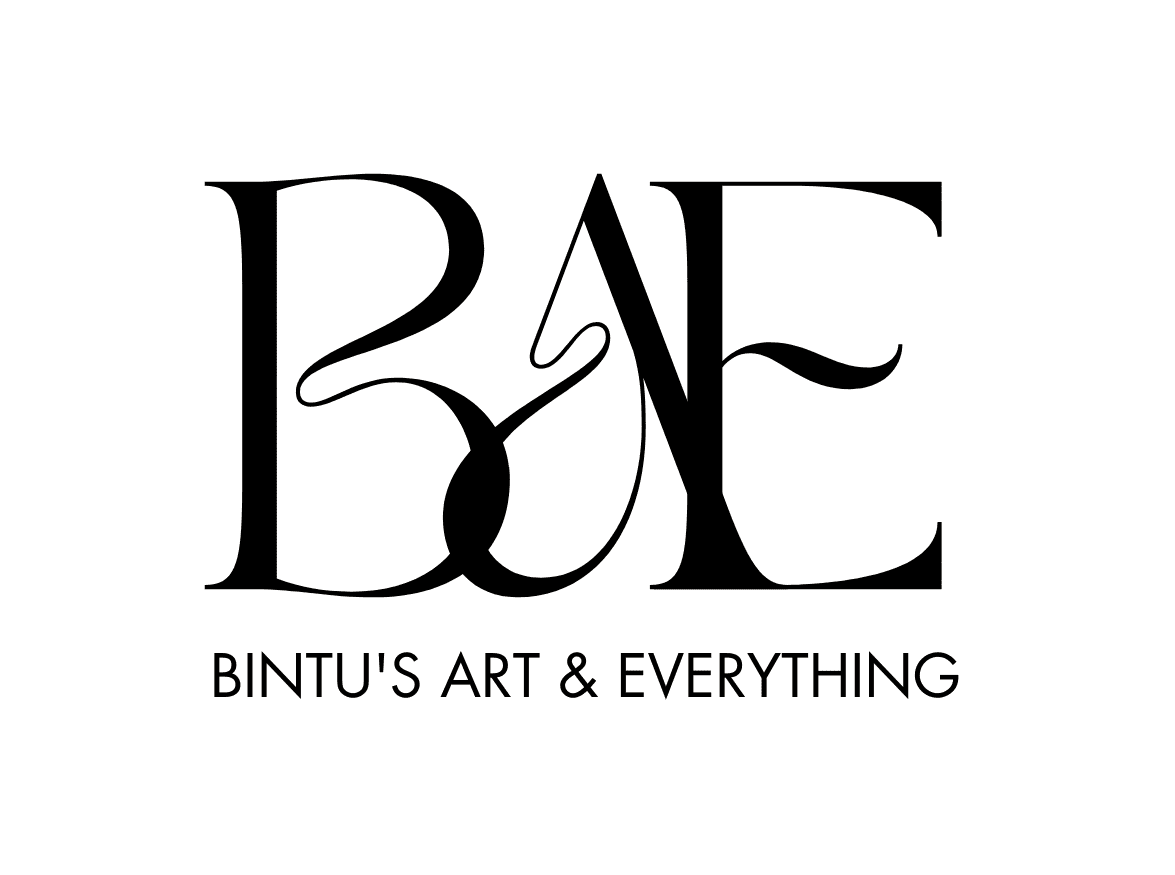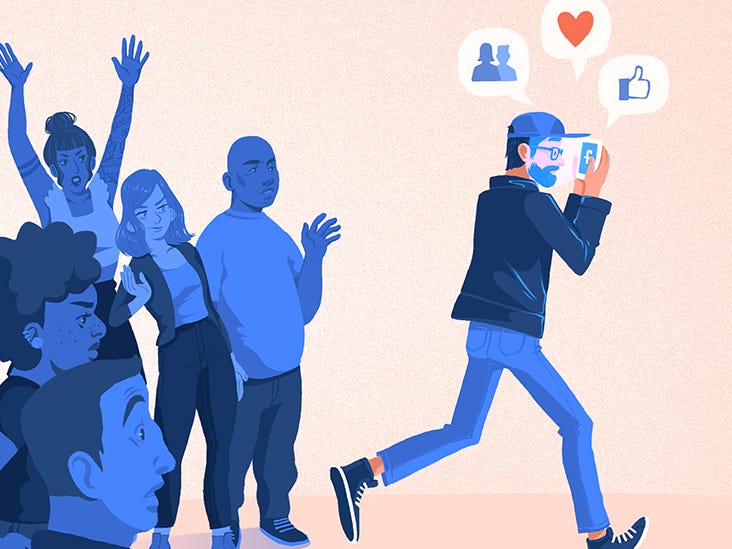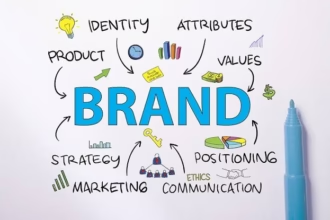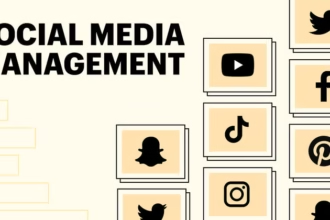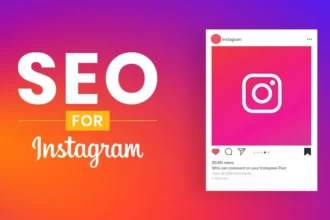Why Authenticity Matters: The Key to Winning Gen Z and Millennials in 2025
In the fast-paced world of digital marketing, one trend stands out in 2025: authenticity. With a 225% surge in searches for “social media authenticity” and 90% of consumers prioritizing authenticity when choosing brands, it’s clear that genuine, transparent, and relatable content is no longer just a nice-to-have—it’s a must. For Gen Z and Millennials, who dominate consumer trends and shape cultural conversations, authenticity is the cornerstone of trust and engagement. This blog dives deep into why authenticity matters, how it resonates with younger audiences, and how brands can harness it to build lasting connections.
The Authenticity Boom: What the Data Says
The digital landscape in 2025 is evolving rapidly, and authenticity is at its core. According to recent data, searches for “social media authenticity” have skyrocketed by 225% over the past few years, reflecting a growing consumer demand for brands that feel real and relatable. This surge is driven by a shift in how people interact with brands, particularly on social platforms like TikTok, Instagram, and Reddit, which have become search engines in their own right. For instance, 40% of Gen Z uses TikTok for searches, with 10% preferring it over Google, highlighting the platform’s role in shaping perceptions.
Why do 90% of consumers prioritize authenticity? It’s about trust. In an era of information overload, consumers are bombarded with polished ads and influencer endorsements that often feel staged. Authenticity cuts through the noise, offering a sense of connection and credibility. For Gen Z and Millennials, who value experiences and transparency, authentic brands are those that align with their values, share their stories openly, and engage in meaningful ways. This trend is especially pronounced in lifestyle categories like holistic health, style and self-care, fitness, and tech, where consumers seek brands that reflect their identities and aspirations.
Why Gen Z and Millennials Crave Authenticity
Gen Z (born 1997–2012) and Millennials (born 1981–1996) are the driving forces behind the authenticity movement. Together, they represent a massive consumer base with significant purchasing power—projected to account for over 60% of global consumption by 2030. These generations share a skepticism of traditional marketing and a preference for brands that feel human. Here’s why authenticity resonates so deeply with them:
1. Skepticism of Traditional Advertising
- Growing up in the digital age, Gen Z and Millennials are acutely aware of manipulative marketing tactics. They’ve seen enough overly polished campaigns to distrust brands that prioritize perfection over honesty. For example, a 2025 study found that 68% of Gen Z consumers are more likely to trust a brand that admits its flaws than one that claims to be perfect.
- Behind-the-scenes (BTS) content is a powerful antidote. Videos showing a brand’s creative process, employee stories, or even minor mishaps humanize the company. For instance, a skincare brand sharing a BTS video of its lab process or a founder discussing product challenges can build trust in ways a glossy ad cannot.
2. Value-Driven Consumption
- Both generations prioritize brands that align with their values, such as sustainability, inclusivity, and social responsibility. A 2025 survey revealed that 73% of Gen Z and 64% of Millennials are willing to pay more for brands that demonstrate ethical practices.
- Transparent storytelling—such as sharing a brand’s sustainability efforts or community initiatives—resonates strongly. For example, fashion brands like Patagonia have long used authentic storytelling to highlight their environmental commitments, earning loyalty from value-driven consumers.
3. Relatability Through User-Generated Content (UGC)
- User-generated content (UGC) is a cornerstone of authenticity, with 15.5% of brands planning to prioritize it in 2025. UGC, such as customer reviews, unfiltered TikTok videos, or Instagram posts, feels more genuine because it comes from real people, not scripted campaigns.
- Gen Z and Millennials are particularly drawn to UGC because it reflects their own experiences. For instance, a fitness brand sharing customer workout videos or a recipe brand showcasing user-submitted dishes can create a sense of community and trust.
4. Social Media as a Search Engine
- Platforms like TikTok and Instagram are now primary search tools for younger audiences. Searches for recipes (36%), new music (35%), workout routines (29%), and new products/services (25%) dominate these platforms, showing how lifestyle content drives engagement.
- Authentic content thrives here because it’s conversational and unpolished. A TikTok video of a real customer trying a product in their daily routine outperforms a staged ad every time.
The Power of Transparent and Relatable Content
Transparent and relatable content is the currency of authenticity in 2025. Here’s how it manifests and why it works:
Behind-the-Scenes Videos
BTS content pulls back the curtain on a brand’s operations, making it feel approachable and trustworthy. Examples include:
- A coffee brand showing farmers harvesting beans or baristas experimenting with new blends.
- A fitness brand sharing a trainer’s real workout routine, including struggles and successes.
- A tech startup posting a video of its team brainstorming new features, complete with candid debates.
These videos work because they humanize the brand, showing the people and processes behind the product. A 2025 report found that 62% of consumers are more likely to engage with brands that share BTS content regularly.
User-Generated Content
UGC is a goldmine for authenticity. It’s not just about customers posting about your brand—it’s about showcasing their stories in a way that feels organic. For example:
- Beauty brands like Glossier thrive by reposting customer selfies using their products, often with minimal editing to preserve the raw, real aesthetic.
- Food brands can share user-submitted recipes or meal prep videos, creating a sense of community.
- Fitness brands can highlight customer transformations, focusing on real stories rather than idealized images.
UGC is effective because it’s relatable. Consumers see themselves in other customers, making the brand feel accessible. A 2025 study showed that 79% of Gen Z trusts UGC more than brand-created content.
Transparent Storytelling
Transparency means being open about your brand’s journey, including successes and challenges. Examples include:
- A fashion brand admitting to past overproduction and sharing steps to become more sustainable.
- A wellness brand discussing the science behind its products, including limitations, to build credibility.
- A tech company sharing its pivot from a failed product to a new innovation, showing resilience.
This approach builds trust by showing vulnerability. Consumers appreciate brands that don’t hide their imperfections, as it makes them feel more human.
How Brands Can Leverage Authenticity in 2025
To capitalize on the authenticity trend, brands must integrate it into their digital marketing strategies. Here are actionable steps to create authentic, engaging content for Gen Z and Millennials:
1. Optimize for Social Search
- TikTok SEO: With searches for “TikTok SEO” up 4,400% since 2019, brands must optimize content for discoverability. Use trending hashtags, keywords like “authentic,” “real,” or “BTS,” and short-form videos that align with lifestyle trends (e.g., #SelfCareRoutine, #HealthyRecipes).
- Instagram Reels: Create reels that showcase real customer stories or BTS content. Use captions and alt text with relevant keywords to boost visibility.
- Reddit Engagement: Participate in niche subreddits related to your industry (e.g., r/SkincareAddiction for beauty brands) to share authentic insights and build community trust.
2. Prioritize UGC Campaigns
- Launch campaigns encouraging customers to share their experiences with your product. For example, a fitness brand could create a #MyWorkoutStory challenge, asking users to post videos of their routines.
- Repost UGC on your brand’s social channels, giving credit to the creator. This not only amplifies authenticity but also fosters a sense of community.
- Use tools like Bazaarvoice or Yotpo to collect and curate UGC at scale.
3. Invest in BTS Content
- Create a content calendar that includes regular BTS videos. For example, a monthly “Day in the Life” series featuring employees or a “How It’s Made” series for products.
- Keep it unpolished—avoid over-editing or scripting to maintain authenticity. Use natural lighting and real settings to enhance relatability.
4. Align with Values
- Identify the values that resonate with your audience (e.g., sustainability, inclusivity) and weave them into your storytelling. For instance, a food brand could share its commitment to sourcing local ingredients.
- Be consistent—consumers can spot inauthentic “woke washing.” Ensure your actions match your messaging.
5. Use Social Listening Tools
- Tools like Brandwatch or Sprout Social can help you monitor trending topics and consumer sentiment. For example, track searches for “holistic health” or “sustainable fashion” to create relevant content.
- Use insights to tailor content to your audience’s interests, ensuring it feels timely and authentic.
The Future of Authenticity in 2025 and Beyond
As we move deeper into 2025, authenticity will remain a cornerstone of digital marketing. With social commerce projected to grow to $1,223 per buyer by 2027, brands that master authentic storytelling will dominate. The rise of AI-powered search tools like ChatGPT Search and Perplexity, combined with voice and visual search, will further amplify the need for content that feels human and relatable.
To stay ahead, brands must:
- Continuously monitor trends using tools like Google Trends and Exploding Topics.
- Invest in community-driven platforms like Reddit to engage with niche audiences.
- Experiment with new formats, such as live streams or interactive Stories, to keep content fresh and authentic.
Conclusion: Authenticity Is Your Competitive Edge
In 2025, authenticity isn’t just a buzzword—it’s a business imperative. With a 225% surge in searches for “social media authenticity” and 90% of consumers prioritizing it, brands that embrace transparent, relatable content will win the hearts of Gen Z and Millennials. By leveraging BTS videos, UGC, and value-driven storytelling, you can build trust, foster community, and drive conversions.
Ready to make authenticity your brand’s superpower? Start by listening to your audience, sharing real stories, and creating content that resonates. For expert guidance on crafting authentic digital marketing strategies, contact our team today.”
Image source: Medium.com/@rozeenanadeem3

